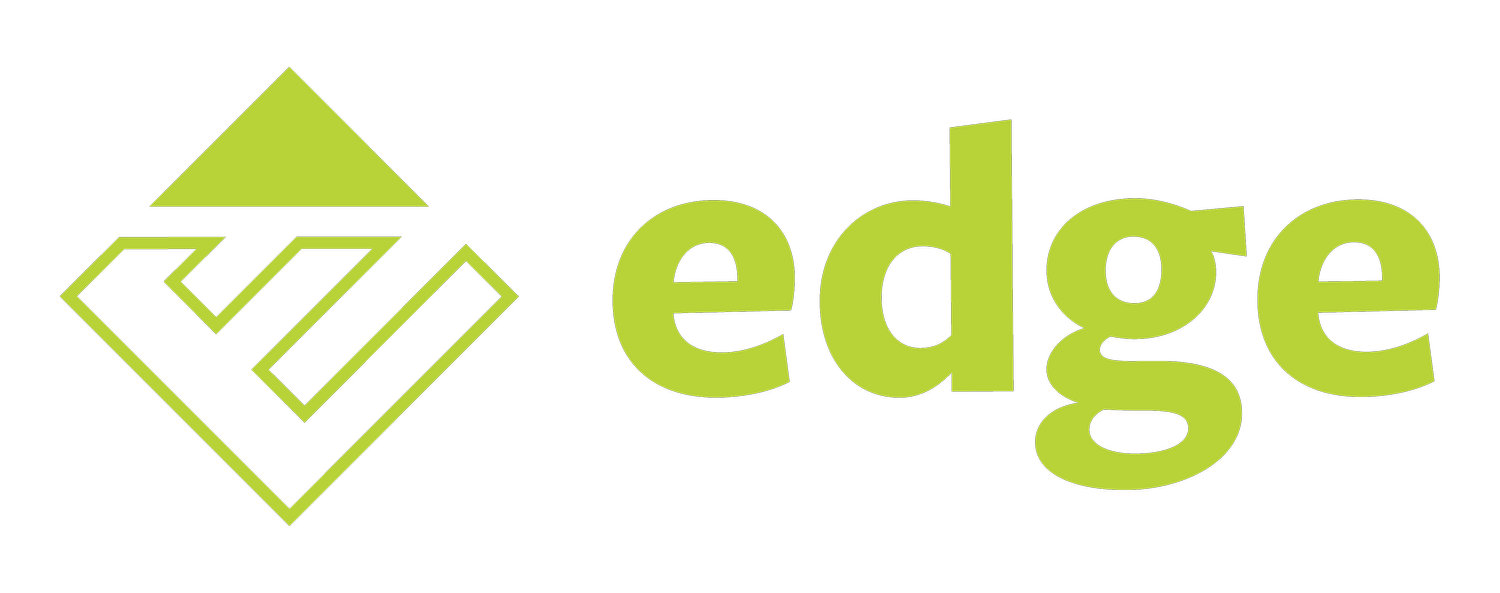AI is the current buzzword that we are all hearing on a daily basis, whether it is in a news article or at a conference, however understanding the implications of this technology, in the short, medium and long term is important to give it some context in relation to our daily work lives. Sarah Bennight, Director of Marketing at Stericycle Communication Solutions is quoted as saying ‘AI is everywhere. Every vendor seems to tout it, and every conference is filled with talk of everything AI. Folks tend to think that you throw in AI, and your paper gets published, your company gets funded, your product gets sold, and your customers’ interests get peaked. And therein lies the problem.
80% of Health executives agree that within the next 2 years, AI will work next to humans in their organisation, as a coworker, collaborator and trusted advisor, however 81% agree that organisations are not prepared to face the societal and liability issues that will require them to explain their AI-based actions and decisions, should issues arise (Accenture, Digital Health Tech Vision 2018).
To me, this sounds like ‘we know it’s coming, we just aren’t sure how we will handle it’, and that is probably true of many challenges we face on a daily basis. We have a vague idea of what is coming up in the near future, but it takes time and effort to dissect that into the day to day business of running an organisation.
One challenge that we have seen here in the Clinical Informatics Research Unit is around data quality, or often the lack of it. We have a team who work with hospitals to extract clinical data sets from Electronic Health Records and merge that with other datasets, in order to allow clinicians to link and query the information, for either research or audit purpose. A huge amount of time is invested in cleaning that data, identifying any outliers in it and addressing them. Even the question of ‘what is an outlier’ needs to be defined up front. Arm measurements can be recorded in CM’s, MM’s or inches (we’ve seen all 3). Alternatively some data points are clearly arbitrary, for example patients who are 1 cm tall and weigh 1 kg, the result of which can often be tracked back to the field being compulsory for someone to complete in the EHR, who doesn’t have that information to hand at the point of completion and just enters those values to reach the next page. Dr Sachin Jain, former CMIO at Merck and now CEO of CareMore Health explain to Forbes in January 2019 ‘The first thing we’ve learned is the importance of having outstanding data to actually base your Machine Learning on. In our own shop, we’ve been working on a few big projects, and we’ve had to spend most of the time just cleaning the data sets before you can even run the algorithm. That’s taken us years just to clean the datasets. I think people underestimate how little clean data there is out there, and how hard it is to clean and link the data.
Bias is another challenge inherent in machine learning. The algorithm will only be as good as the data model that it is trained on, and ensuring that is a big challenge. A worrying quote from Dr Dhruv Khullar in the New York Times said ‘In medicine, unchecked A.I. could create self-fulfilling prophesies that confirm our pre-existing biases, especially when used for conditions with complex trade-offs and high degrees of uncertainty. If, for example, poorer patients do worse after organ transplantation or after receiving chemotherapy for end-stage cancer, machine learning algorithms may conclude such patients are less likely to benefit from further treatment — and recommend against it.
Despite the challenges that lay ahead with AI and ML, the excitement surrounding it is unlikely to go away, and in the future, understanding the algorithms that govern decisions made by computers will be a core component of the governance of any organisation utilising them.
Certainly from an EDGE perspective, I think I am quite safe to say that we will monitor the developments in these technologies over time, and when, or most importantly if the time is right, implement them in a careful and considered manner.
In the meantime, if you want to have a play around with Machine Learning, there is an interesting model that you can use, provided by Microsoft, on the dataset of passengers on the fateful Titanic Voyage that can be found here







